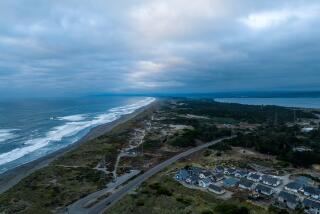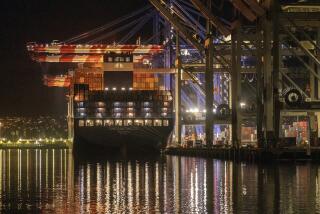Enticing Us Out of Our Cars
- Share via
Three figures stand out in The Times Poll of 2,032 Southern California residents that was reported in Tuesday editions of The Times, concluding a series on the car culture and how automobiles have shaped the region. One is that 84% of those polled drive to work alone in their cars. Another is that 83% have not taken a bus in a year or more. And fewer than one-third of the respondents said they would use mass transit frequently even if it were available.
A substantial number of the motorists do not like what the auto has done to Southern California. Most refer principally to the traffic congestion, said I.A. Lewis, Times Poll director. Still, those polled generally adhere to the supposed California love affair with the automobile because it gives them the freedom to go where they want to go when they want to.
In the future, though, the ability to maintain that freedom may depend on Southern Californians’ ability or willingness to change the statistics. The severity of congestion in the region will depend to a large degree on how many motorists join car and van pools and how many are willing to give the bus a try, or Metrorail and forthcoming light-rail lines. Even with the highway work that would be financed by the gasoline-tax increase on the June ballot, congestion will get worse, not better, unless substantial numbers of rush-hour autos begin carrying more than one person.
The California Department of Transportation will try to entice solo motorists into car-pooling through the construction of more high-occupancy-vehicle lanes. But there may be forms of compulsion, too, as the South Coast Air Quality Management District examines proposals to speed up traffic flow as a means of combatting air pollution.
The poll results indicate that the magic of Southern California’s love affair with the auto has faded some, The Times’ Frank Clifford reported. But, as bad as congestion has become, the majority of area residents still remain committed to their cars. One way to entice them onto buses or rail cars is to make mass transportation cheaper, more convenient and more efficient. A substantial number of motorists will switch only if they are convinced they can get to work via public transportation quickly, safely and without hassle. For too many Southern California drivers on the eve of the 1990s, that remains an elusive promise.
More to Read
Sign up for Essential California
The most important California stories and recommendations in your inbox every morning.
You may occasionally receive promotional content from the Los Angeles Times.













